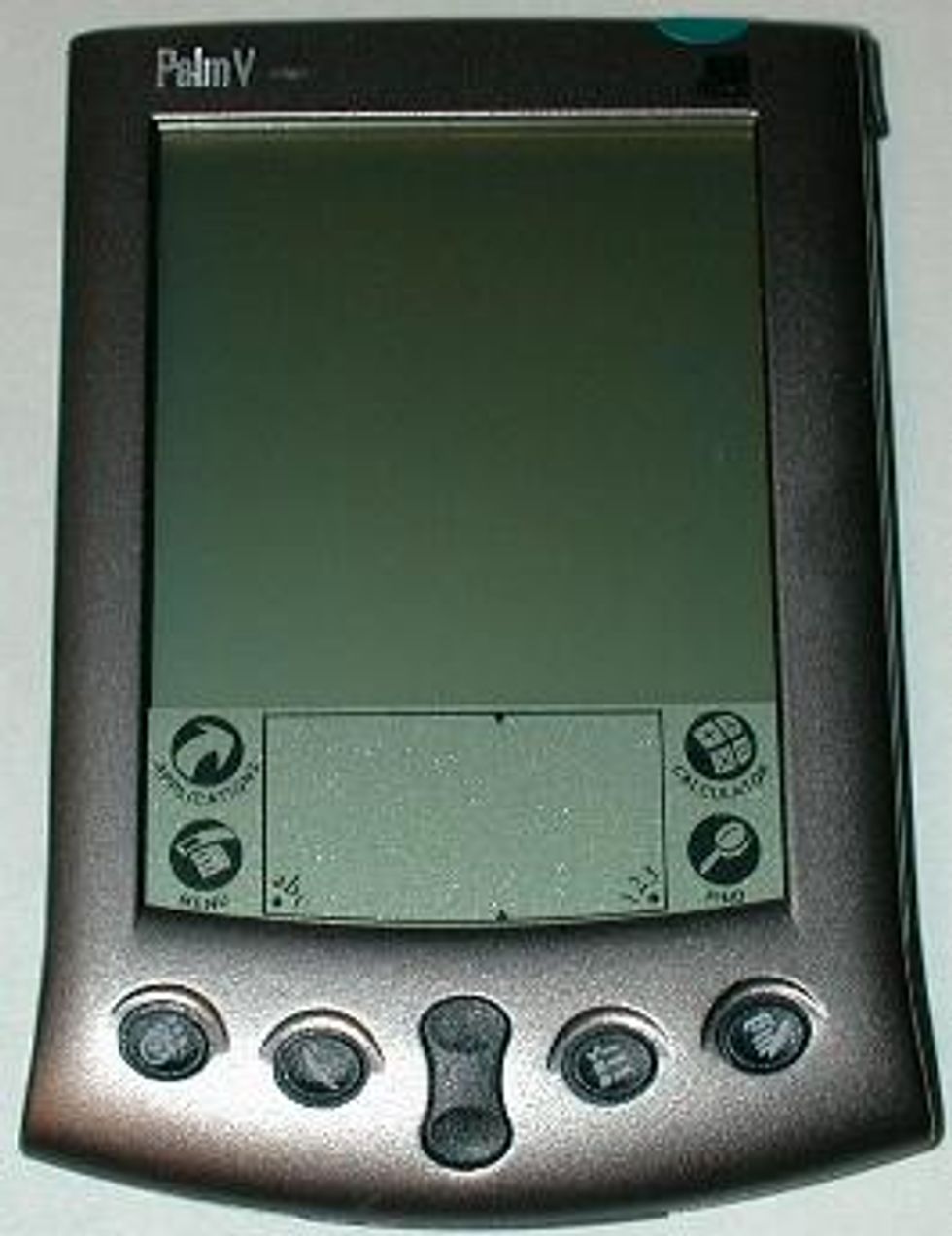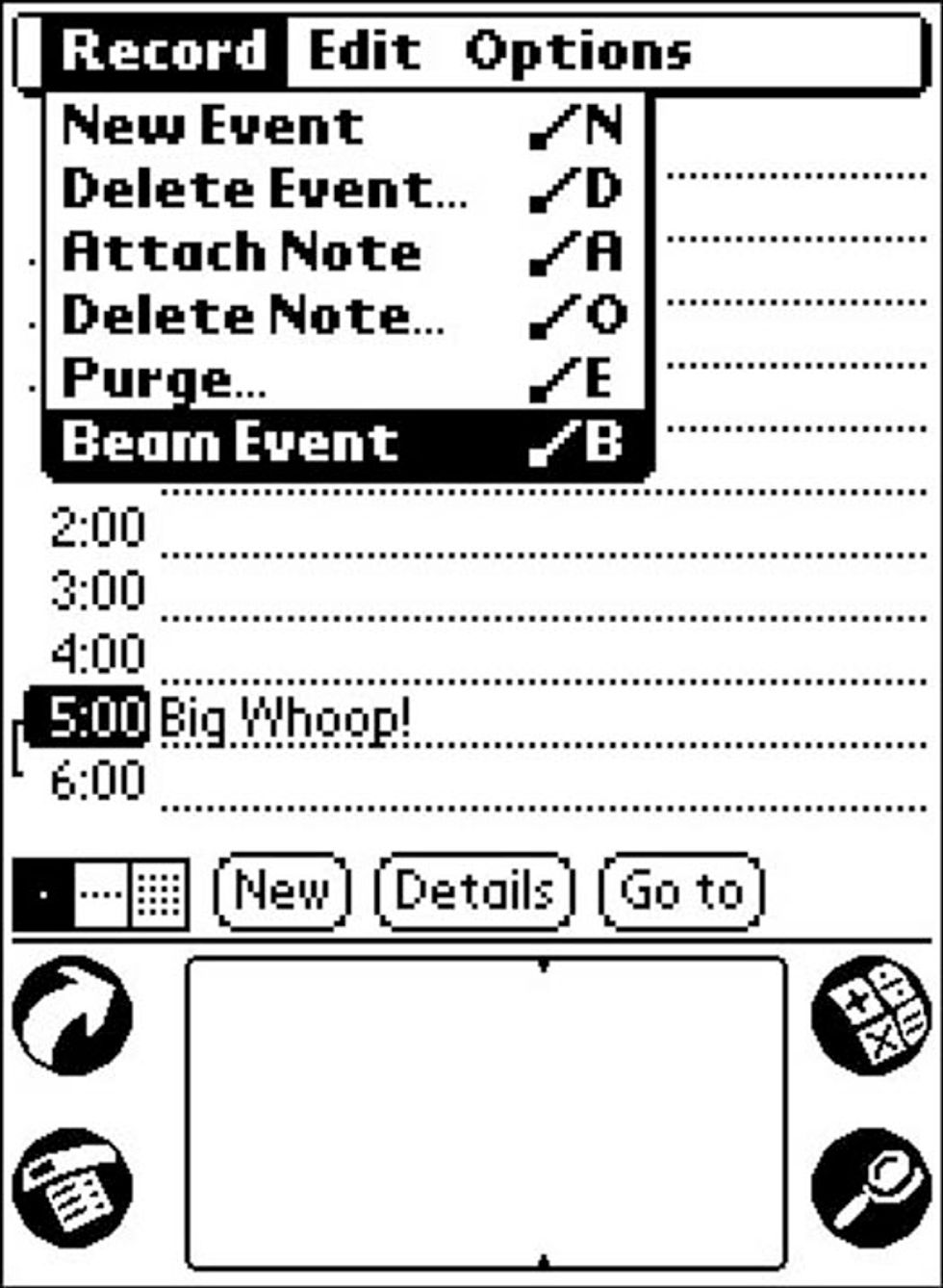A Little More "A" From That PDA Would Be Swell
 One of the great things about reflecting on the evolution of the PDA is that you really only have 15 years to stretch your neck over. Yes, technically the term was first used by Apple CEO John Sculley (remember him?) in 1992 at CES, while introducing their ill-fated but nevertheless visionary Newton.
One of the great things about reflecting on the evolution of the PDA is that you really only have 15 years to stretch your neck over. Yes, technically the term was first used by Apple CEO John Sculley (remember him?) in 1992 at CES, while introducing their ill-fated but nevertheless visionary Newton.
For all intents and purposes, the true dawn of the PDA was in 1996 when Jeff Hawkins, Donna Dubinsky, and Ed Colligan’s new company Palm came out with the Pilot 1000. How’s this for quaint -- it had 512K of ROM and the RAM options were from 128K-1MB.
Remember the Palm V’s sleek, sexy, silver shell?
It remains to this day one of the most elegant pieces of industrial design and intuitive user interfaces ever. Or how about in 2000, when the VII first offered true mobile internet connectivity? As I recall, I was lucky to get a baseball score using that thing but I felt so “Star Trek” when I would raise that Sharpie-sized antenna. Mind you, this was all back when Google was the 7th!! ranked search engine in the country.
Why the walk down PDA lane? Surely today's iPhones, iPads, Droids and BlackBerrys more than satiate my wireless needs right?
For reasons that I can’t deduce an incredibly valuable feature has evolved OUT of the PDA’s bloodline. I tried asking people at Apple and Blackberry for opinions but that wasn’t worth the time it took to get hung up on. And yes, I know about "bumping" and it just doesn't cut it.
For those of you under 30, once upon a time, “Bluetooth,” used to be red. You see, Palms used to have an infrared beam that a user could point at another Palm, and transmit in real time, a phone #, calendar invitation, task list etc...Simple data. Nothing like pictures or games, but useful stuff.
Geeks all across the world were beaming each other their contact information at the end of meetings. Printed business cards were bobsledding toward the endangered list. The little Mrs. and I used to lie in bed side by side and do a “calendar sync” back and forth. In Silicon Valley, that could have been considered a position. Imagine what you’d call it when 5-6 people beamed each other at a party!
Most in technology marketing will tell you that the reason why Palm succeeded was because of how little it did. Yes, that’s right, I said little. Instead of developing a Swiss Army Knife on steroids that could disarm a nuclear bomb, they meticulously selected the bare minimum of things it would do, therefore making it easy to use, maximizing battery power and reducing costs. They even managed to figure out back then what Amazon has today with the Kindle. Serious users would rather have a black and white screen that turns on when they need it to, then a pretty color screen whose battery depletes faster than the Viagra-deprived husband of a soon-to-be-Cougar.






